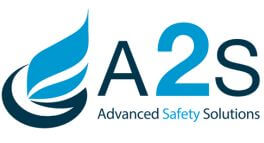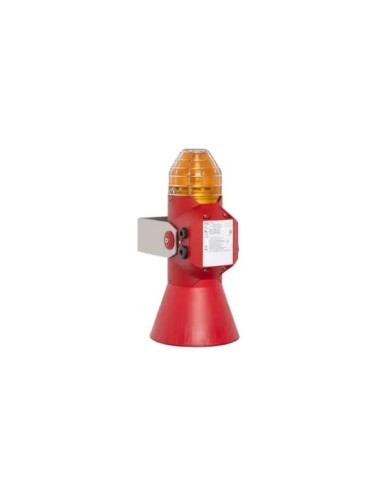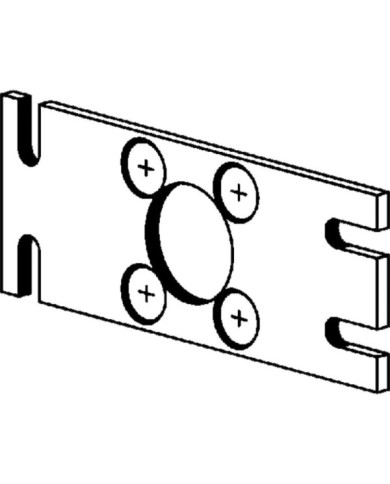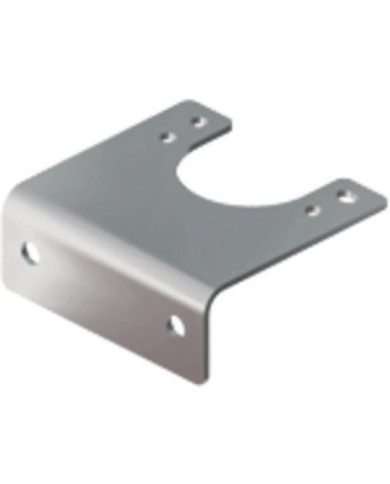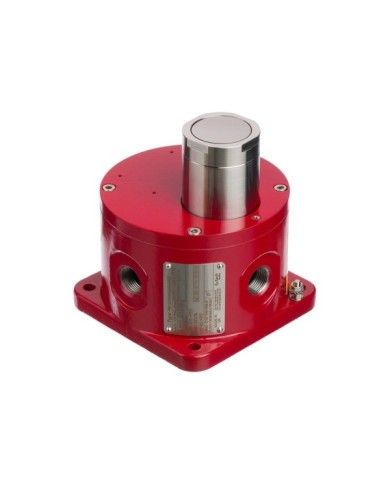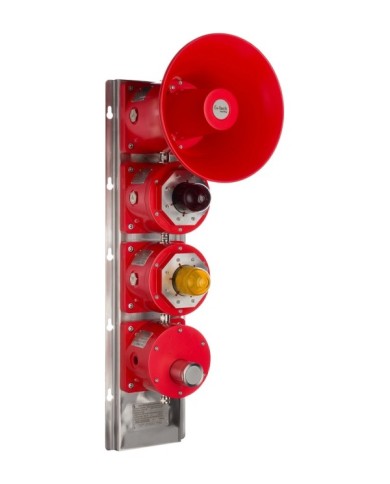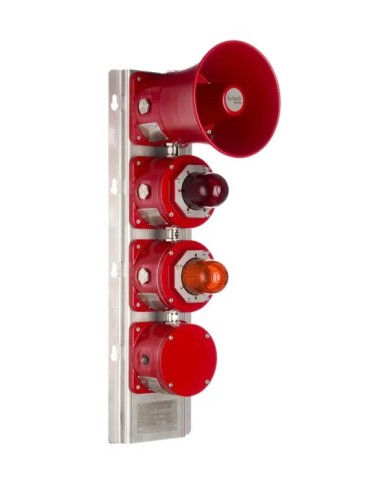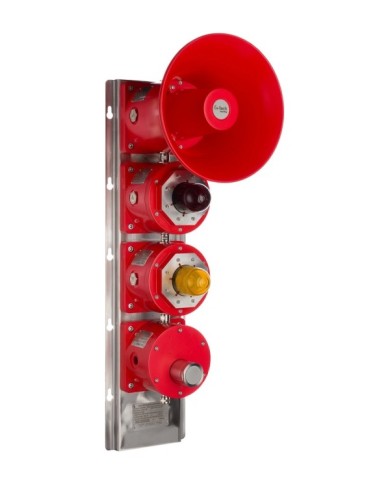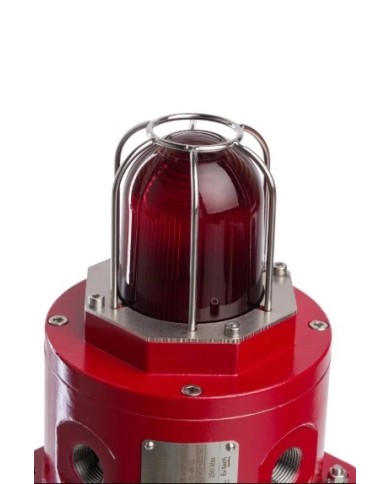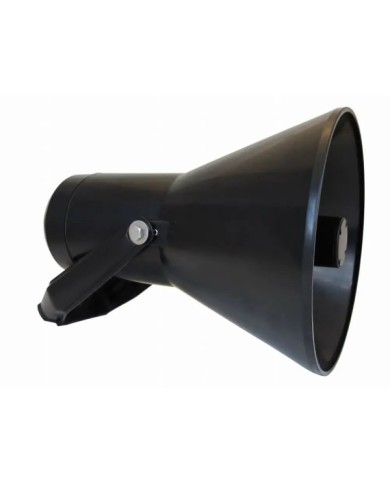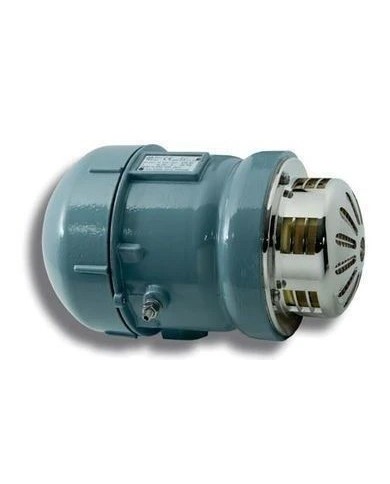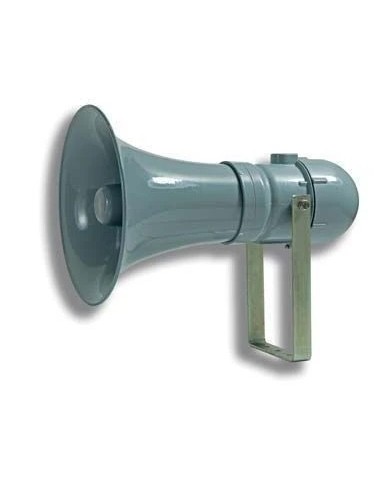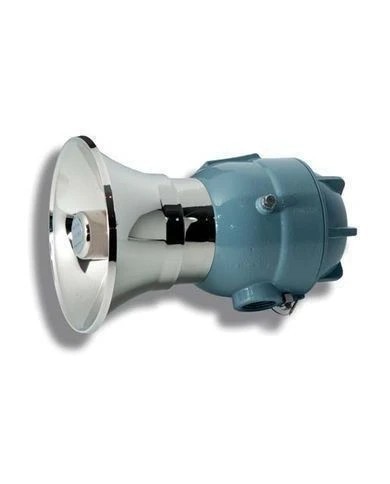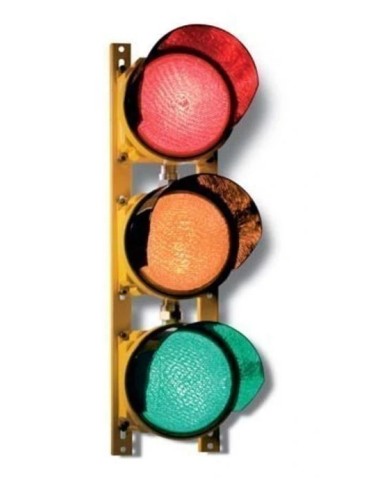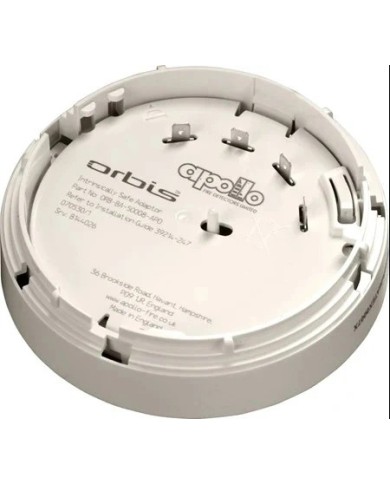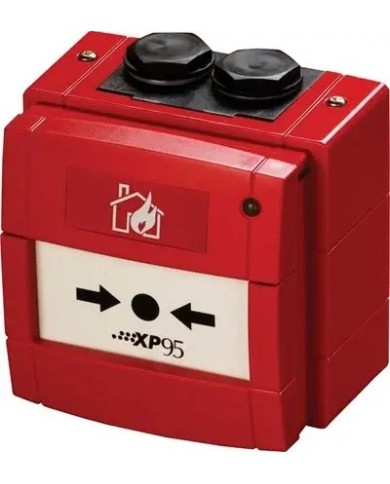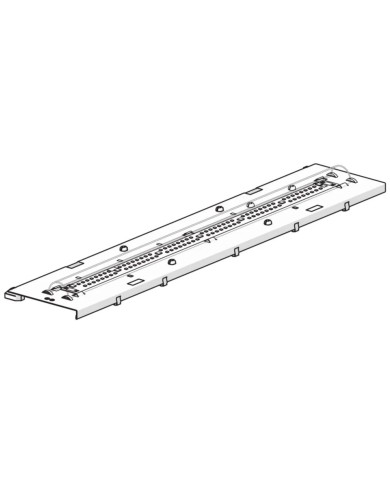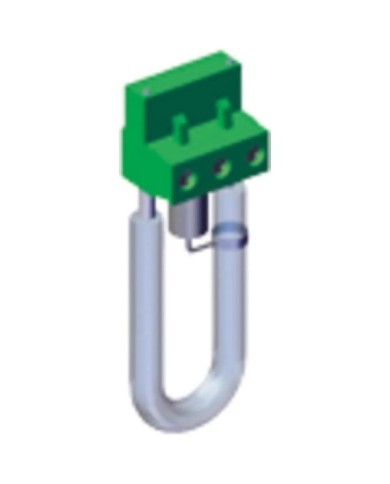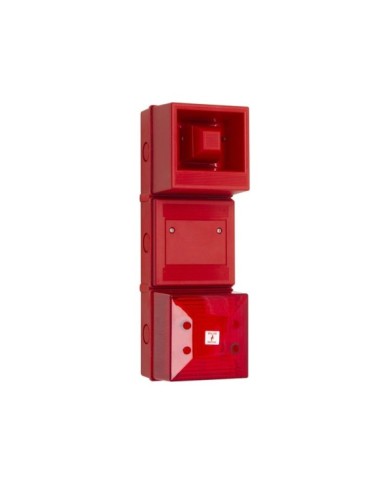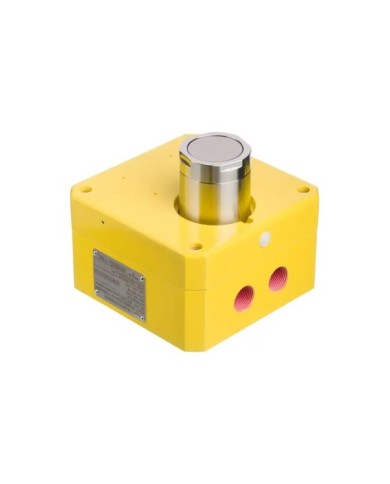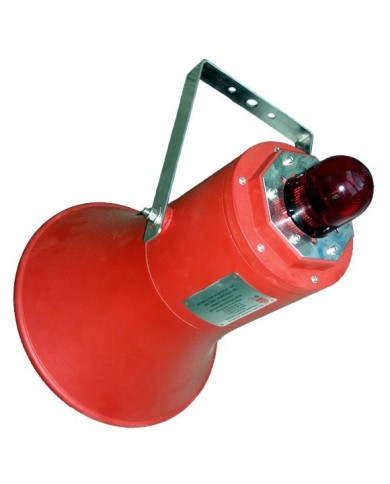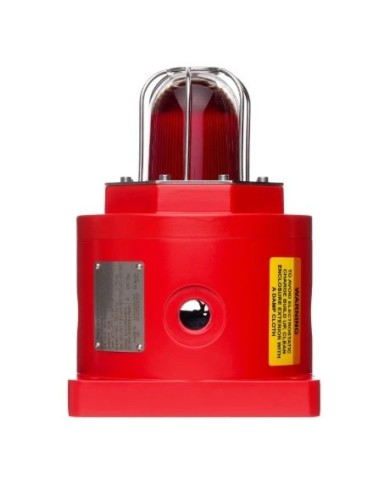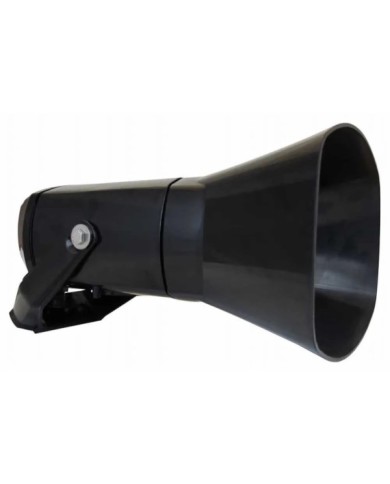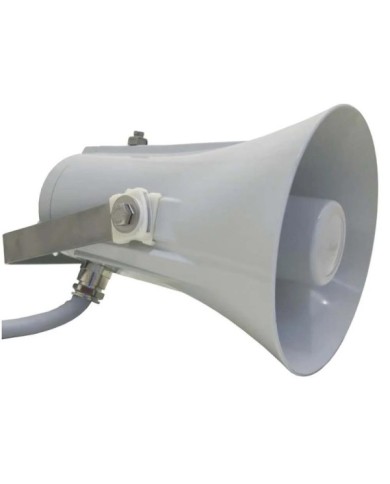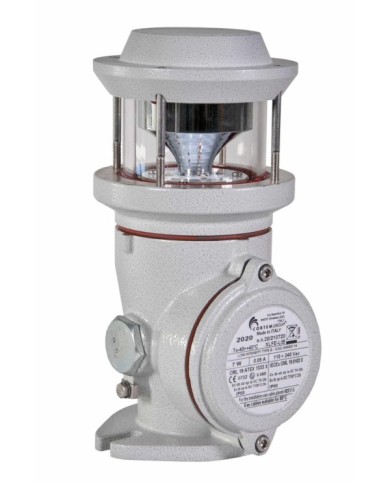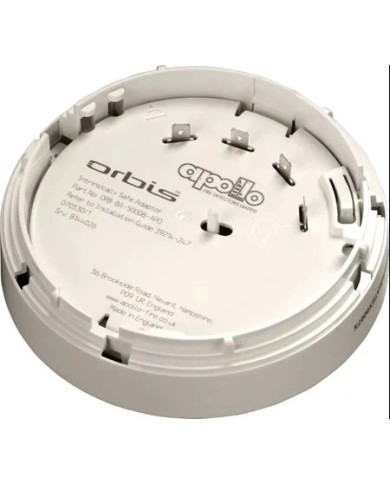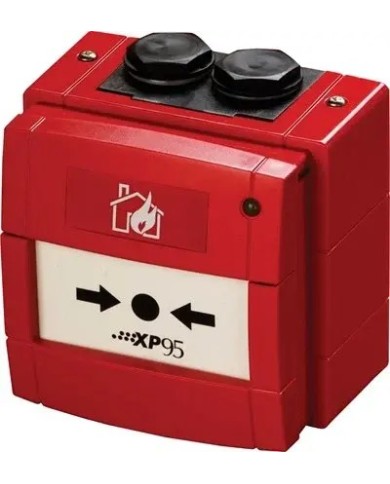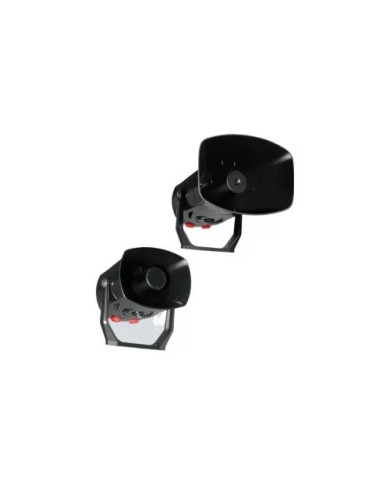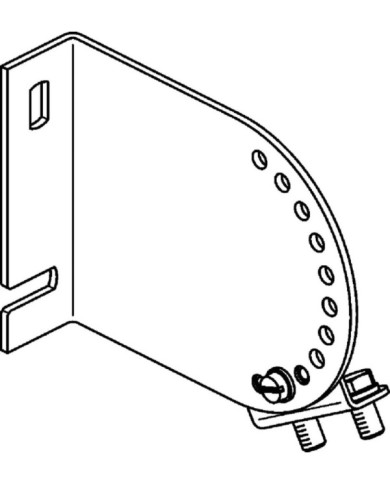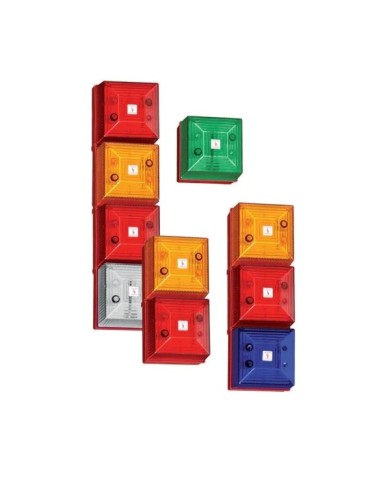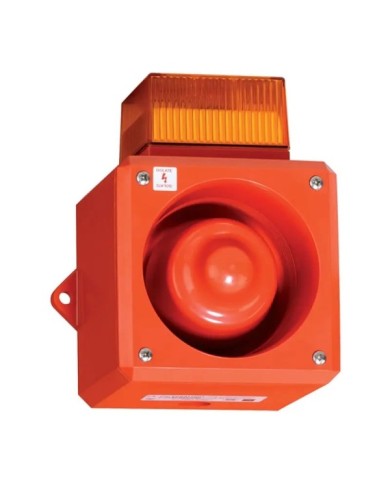Signaling
ATEX GUIDE 2021
ATEX signaling
-
Signaling solutions for ATEX environments
The aTEX signaling is essential to ensure security in areas at risk of explosion. Compliant with European standards, our solutions - aTEX Sound Alarms, ATEX Visual Warnings, Sound-Light and ATEX Speakers - guarantee a clear and reliable diffusion of the alarms, without the risk of spark or overheating.
Designed for the most demanding environments These signaling devices ensure a optimal security communication, while meeting the requirements of performance and regulatory compliance.
.jpg) Buoyant
Buoyant
.jpg) Optical alarm
Optical alarm
.jpg) Combined warning
Combined warning
.jpg) Speaker
Speaker
.jpg) Manual trigger
Manual trigger Our customers
.jpg)
.jpg)
.jpg)
.jpg)
.jpg)
.jpg) Previous Next
Previous Next Tailor-made signaling
This service includes the possibility of adapting your warnings according to your specific needs: choice of optical color, power type, of thesound intensity, or the light diffusion technology. Thanks to this flexibility, each device - whether it is sound, visual, combined or speaker ATEX - can be configured to perfectly meet the constraints of your site.
This customization guarantees you a clear, adapted and compliant signaling with ATEX / IECEX standards, while strengthening the safety and efficiency of your facilities in explosive areas.
.jpg)
Standards and Certifications
.jpg)
.jpg)
Our ATEX light fixtures are designed forensure maximum security in explosion-risk areas. Each product is rigorously tested and certified to meet international regulations.
Compliance and certifications respected:
- European Directive ATEX 2014/34 / EU
- International Icex Certification
- Safety standards applicable to explosive atmospheres (gas, dust, vapors)
- Products tested and validated by independent bodies
Thanks to these certificationsour ATEX lighting ensures total reliability, regulatory compliance and optimal protection of industrial facilities.
FAQ
Why choose ATEX signaling rather than a standard device ?The aTEX signaling is specially designed to work in explosive areas (gas, dust, vapors). Unlike conventional devices, ATEX optical and sound alarms are certified to eliminate any risk of spark or overheating, ensuring the safety of people and regulatory compliance.
What is the difference between an optical, sound and combined ATEX warning ?TheaDEX SOUND AREA Emits a powerful and adjustable auditory signal, ideal in areas with high visibility.
TheaTEX optical alarm diffuses a light signal (flash or gyrophare) to attract attention, even remotely.
TheaTEX Combined Alarm associate both to ensure that the alarm is perceived in very noisy or cluttered environments visually.
All our signaling equipment complies with the european Directive ATEX 2014/34 / EU and standards Iecex. They also meet international safety standards for explosive atmospheres, ensuring reliable use in the petrochemical, offshore, pharmaceutical or agri-food sectors.
What are the advantages of the GRP for ATEX optical and sound alarms ?The GRP is lightweight, anticorrosion and perfectly adapted to aggressive environments (maritime areas, offshore, chemical atmospheres). It resists UV, bad weather and offers excellent mechanical stability, reducing maintenance needs.
Why choose stainless steel for an ATEX warning ?The choice depends on your environment:
GRP : Ideal if lightness, chemical resistance and sustainability in aggressive circles are priorities.
Stainless steel : Recommended for sites where shock resistance, cleaning facility and industrial aesthetics are essential.
What for
By choosing A2S, you benefit from:
✅ Technical expertise recognized in the design and selection of ATEX luminaires.
✅ Durable, innovative and international standards products.
✅ Custom accompaniment: study, sizing and advice adapted to your site.
✅ Reactive logistics and dedicated customer support for all your field issues.
Recalculate
A Commercial Expert will remind you to discuss your needs
Ask for an offer
Ask for a personalized offer adapted to your needs
See products
Go to all our ATEX lighting solutions
Filter by
Categories
Selections
Price
Weight
Brand
Availability
Ambiant temperature
Matière
Certificats
Couleurs corps
Indicateur LED
Zone ATEX
Mode de protection ATEX
Fréquence (Hz)
Certificat_ATEX-fr_FR
13 ATEX 1563X
13 ATEX 1564X
13 ATEX 1566X
13 ATEX 1567X
16 ATEX 8967X
17 ATEX 9535X
18 ATEX 13498X
BAS02 ATEX21205X/7
CESI 01 ATEX 036X
CML 19 ATEX 1333X
EPS 20 ATEX 1 008 X
EPS 22 ATEX 1 224X
ERO22ATEX0001X
INERIS 02 ATEX 0001
INERIS 02 ATEX 0074X et ISSeP 11 ATEX 040X
INERIS 09 ATEX 0024X
NEMKO 13ATEX1561X
NEMKO 13ATEX1562X
NEMKO 13ATEX1563X
NEMKO 13ATEX1566X
NEMKO 13ATEX1568X
PRE 14ATEX 5555X
PTB 01 ATEX 1105
umber
Certificat_IECEx-fr_FR
ABS ignifugé
12V AC/DC
100dB
Zone 1/2
105dB
Mounting type
Showing 1-30 of 54 item(s)
Signalize to prevent explosion
In an ATEX environment (Explosive atmospheres), the danger does not only come only from flammable gases or dusts: it is still born from the absence of immediate alert when an incident occurs. Certified sound and / or light signaling allows: alert staff, trigger evacuation, limit the climbing of a critical event and meet the European regulatory obligations.
1. European regulatory framework
| Directive | Main purpose | Key obligations |
|---|---|---|
| 1999/92 / EC "ATEX Users" |
Workers' Protection | Zoning 0/1/2 & 20/21/22 Explosion Protection Document (DRPCE) Signaling and training of staff |
| 2014/34 / EU "ATEX equipment" |
Put on the market of devices | Conformité CE Ex avec organisme notifié Evaluation & EU Declaration Procedure Readable marking: group, category, protection mode, class T |
The employer must therefore associate a rigorous zoning (1999/92 / EC) to Certified signaling devices (2014/34 / EU) for global, traceable and compliant prevention.
2. ATEX Zones ↔ Categories of devices
| Risk | Gas zone | Dust zone | Required category | Example of marking * |
|---|---|---|---|---|
| All times | 0 | 20 | Category 1 | CE 1 G / II 1 D |
| Occasional | 1 | 21 | Category 2 | CE II 2 G / II 2 D |
| Potential | 2 | 22 | Category 3 | CE II 3 g / II 3 D |
* G = Gas / vapors of combustible dust
3. Criteria for choosing an ATEX signaling device
- Area & Atmosphere Type (G / D) : Respect the table above. A CAT 1 device remains allowed in zone 2/22, the opposite is prohibited.
- Expressive mode : Ex d (explosion-free), ex I (intrinsic safety), ex tb (dust) according to the energy and the process.
- Acoustic / luminous performance :
• Sound: 100 - 125 dB (a) to 1 m, at least +10 dB above ambient noise.
• Light: Intensity in 54-23, recommended for consumption and life. - Housing material : 316L stainless steel (offshore, chemistry), GRP (agro, water), marine aluminum (lightweight and dissipating).
- Environmental robustness : IP66-67 against water jets or dense dust, IK08-10 for shocks.
- Food & interface : 24 V DC, 110/230 V Ca, Modbus bus or dry contact.
- Maintenance & testability : accessible terminal block, self-test function or remote test, available spare parts.
4. Why invest in adapted signaling?
Reduction of human risk: An alarm 110 dB (A) + Fire 15 J increases by> 40% the perception rate in a noisy zone.
Limitation of exploitation losses: Immediate alert = faster intervention, less property damage.
Compliance & Insurance: An unrecorded device can cancel the guarantees and result in sanctions.
CSR valuation: Explosive risk control reinforces ESG rating and stakeholder confidence.
5. The assets of A2S for your ATEX project
| Service | Value added | Deliverables |
|---|---|---|
| ADEX website audit | In-situ diagnosis of existing areas and signals | DRPCE report, Priority Action Plan |
| Customized design | Acoustic adaptation, colorimetry, specific materials | Specification sheet, prototype, FAT tests |
| Training & Accompaniment | Modules 1 to 3 days for HSE, Maintenance, Electricians | Pedagogical supports, QCM, certificate |
Conclusion
Choosing an ATEX signaling is not just a catalog issue: it is the articulation of your risk analysis, regulatory zoning and certified material that protects your teams and assets. Thanks to its Cat 1-2-3 ranges, its engineering and its audit & training services, A2s accompany you at each step so that The alert always arrives before the explosion.
